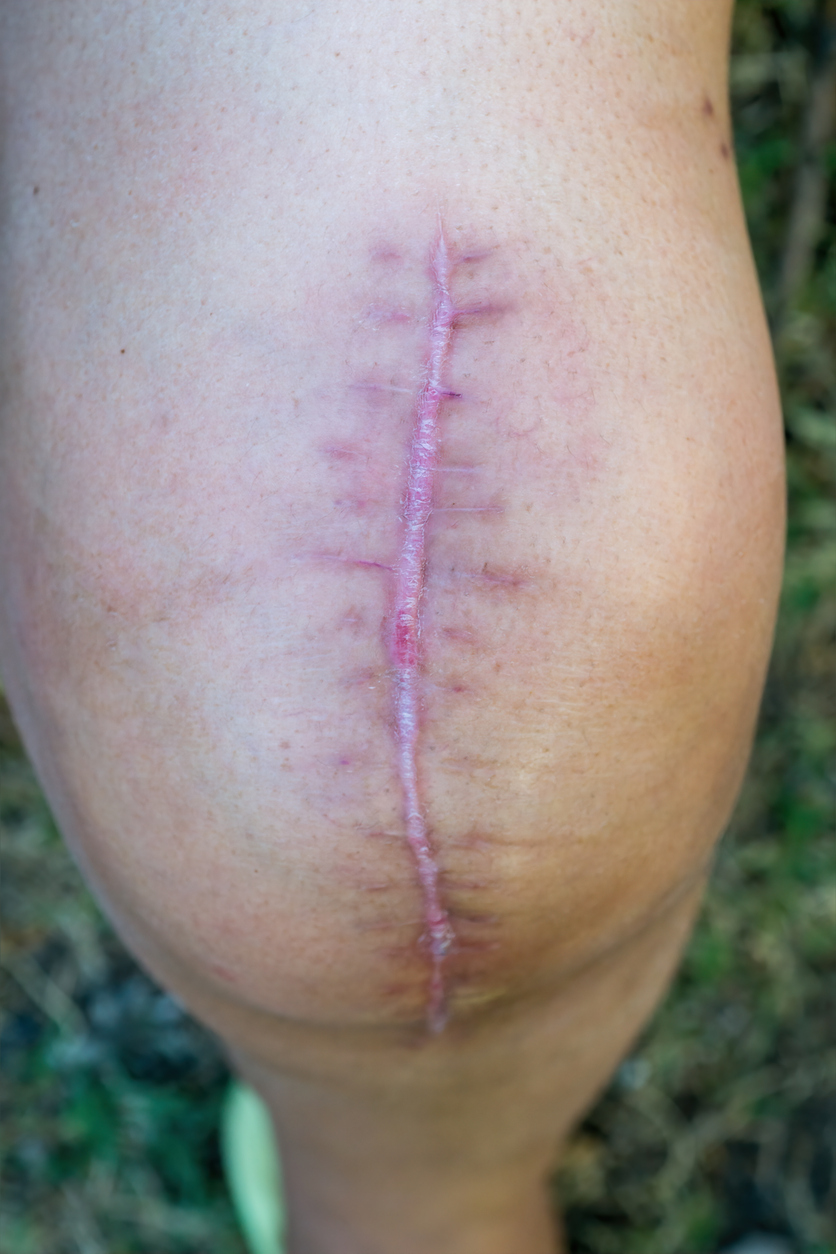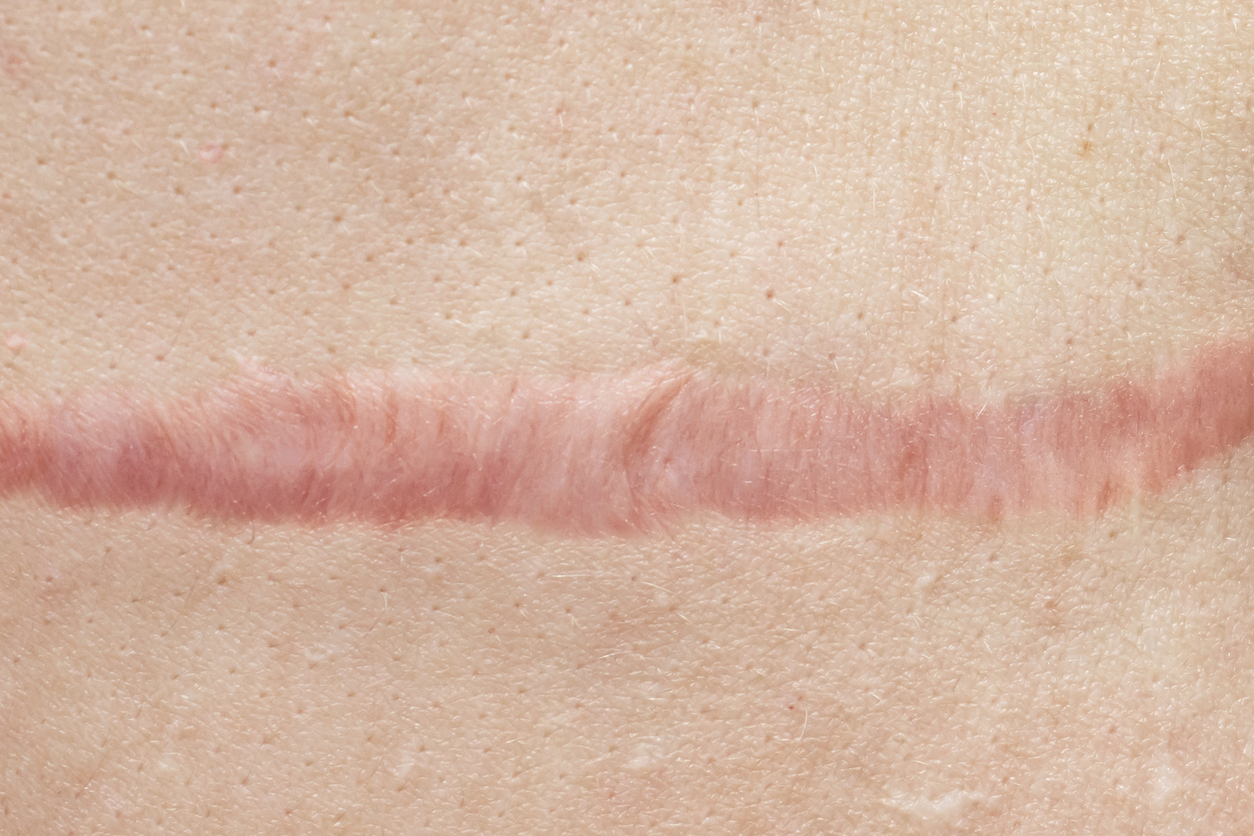
Surgical scars are the marks left on the skin after a surgical procedure. These scars vary in size and appearance depending on the type of surgery, location, and the patient’s healing process. While all surgical scars fade over time, some may remain raised, discoloured, or noticeable. Various treatments can help reduce the visibility of surgical scars, improving the overall skin appearance.
Surgical scars form as the body heals after a surgical incision or trauma. The healing process involves the production of collagen, which helps to repair the wound. However, in some cases, excess collagen can lead to hypertrophic or keloid scars, which appear raised and may be more difficult to treat. Factors such as genetics, skin type, and the location of the scar can influence how a surgical scar heals and its long-term appearance.


While lasers cannot completely remove surgical scars, they can significantly reduce their appearance by flattening raised scars and improving pigmentation.

The number of sessions varies, but most patients require 3-5 sessions spaced several weeks apart for noticeable improvement.

Most laser treatments for surgical scars cause little to no discomfort. In most cases, a topical anaesthetic is sufficient; however, local anaesthesia may be injected if needed. After treatment, patients typically experience only mild redness or swelling.

Scar treatments can typically begin 2–4 weeks after surgery, once the wound has fully healed. The earlier the intervention, the better the results. Older scars can still benefit from treatment.